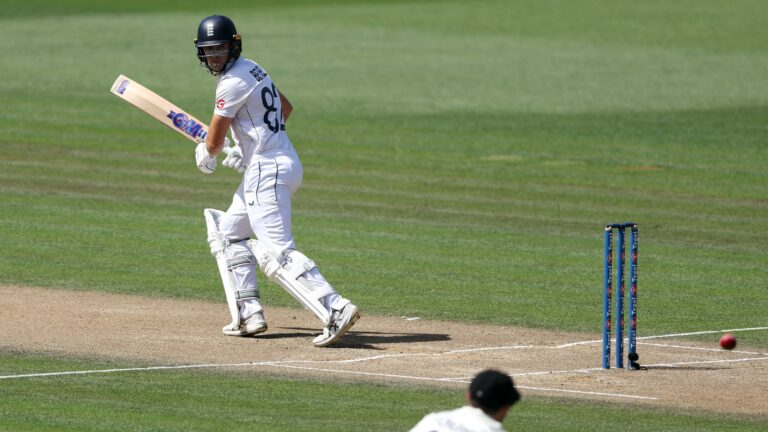Umpiring in Different Cricketing Cultures: Contrasts and Similarities
11xplay, india 24 bet login registration, skyiplay: Umpiring in Different Cricketing Cultures: Contrasts and Similarities
Cricket is a sport that is loved and played by millions of people around the world. From the green fields of England to the dusty grounds of India, cricketing cultures and traditions vary greatly from one country to another. One aspect that remains consistent regardless of where the game is being played is the importance of umpires. Umpires play a crucial role in ensuring fair play and upholding the spirit of the game. However, the way umpiring is approached can differ significantly depending on the cricketing culture.
Let’s take a closer look at the contrasts and similarities in umpiring practices across different cricketing cultures.
1. The Role of Umpires
In most cricketing cultures, umpires are responsible for making decisions on the field, such as judging whether a batsman is out or not out, and whether a bowler has bowled a no-ball or a wide. Umpires are also tasked with ensuring that the game is played in accordance with the rules and regulations of cricket.
2. Respect for Umpires
Respect for umpires is a universal principle in cricket, regardless of the culture. Players are expected to accept the umpire’s decision without argument or dissent. In some cultures, such as Australia and England, players may engage in friendly banter with umpires, but the overall respect for their authority remains unchanged.
3. Decision Review System (DRS)
The use of technology in umpiring decisions has become more prevalent in recent years. The Decision Review System (DRS) allows players to challenge the umpire’s decision by requesting a review using technology such as Hawkeye and Snickometer. While the use of DRS is widespread in some cricketing cultures, others are more resistant to its implementation.
4. Communication with Players
Effective communication with players is essential for umpires to maintain control of the game. In some cricketing cultures, umpires are encouraged to engage in dialogue with players to explain their decisions and resolve any disputes peacefully. This approach is particularly common in South Asian cricketing cultures.
5. Dress Code
The dress code for umpires can vary from one culture to another. While white uniforms are common in traditional cricketing nations such as England, umpires in countries like India may wear colored shirts to match the team colors.
6. Umpiring Standards
Umpiring standards can also vary across different cricketing cultures. While some cultures place a strong emphasis on training and development for umpires, others may struggle to attract and retain qualified officials.
In conclusion, while there are contrasts in how umpiring is approached in different cricketing cultures, the core principles of fair play, respect, and integrity remain constant. Umpires play a vital role in ensuring that the game of cricket is played in the right spirit, regardless of where it is being played.
FAQs
1. What qualifications are required to become an umpire?
To become a certified umpire, individuals must undergo training and pass exams to demonstrate their knowledge of the rules of cricket and decision-making skills.
2. How do umpires handle disputes on the field?
Umpires are trained to remain calm and composed in situations of conflict and to communicate effectively with players to resolve disputes peacefully.
3. Is the Decision Review System used in all cricket matches?
The Decision Review System is not universally adopted in all cricketing cultures and is often subject to the agreement of both participating teams before a match.
4. How are umpires selected for international matches?
Umpires are selected for international matches based on their experience, performance, and knowledge of the game. Selection committees may also consider factors such as cultural awareness and language skills.







